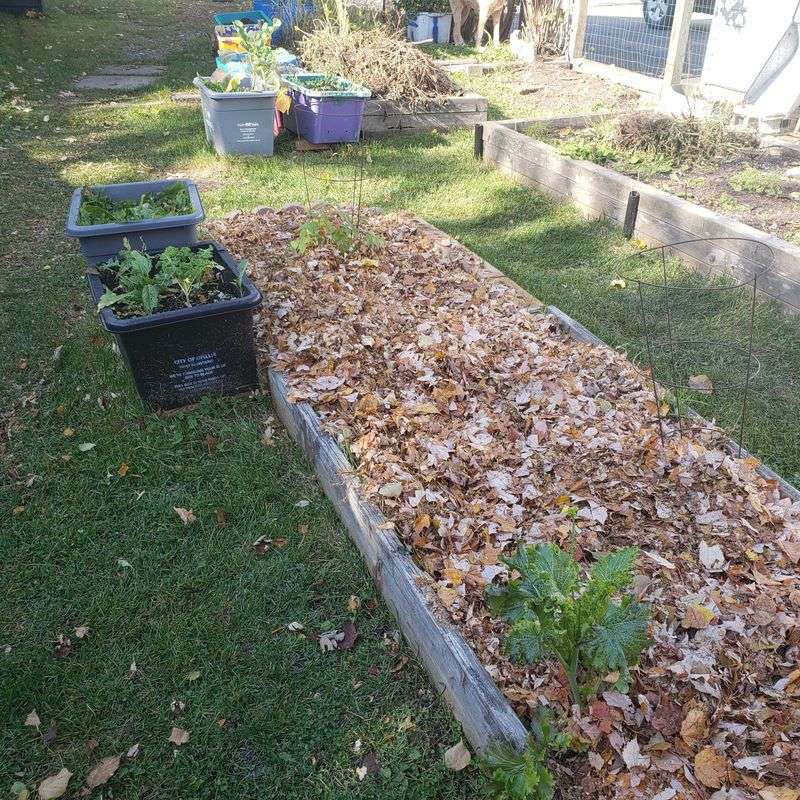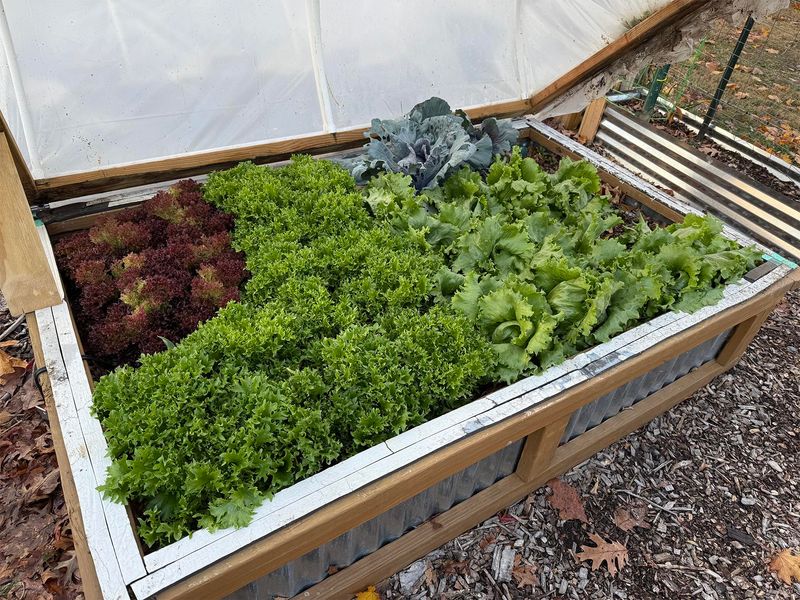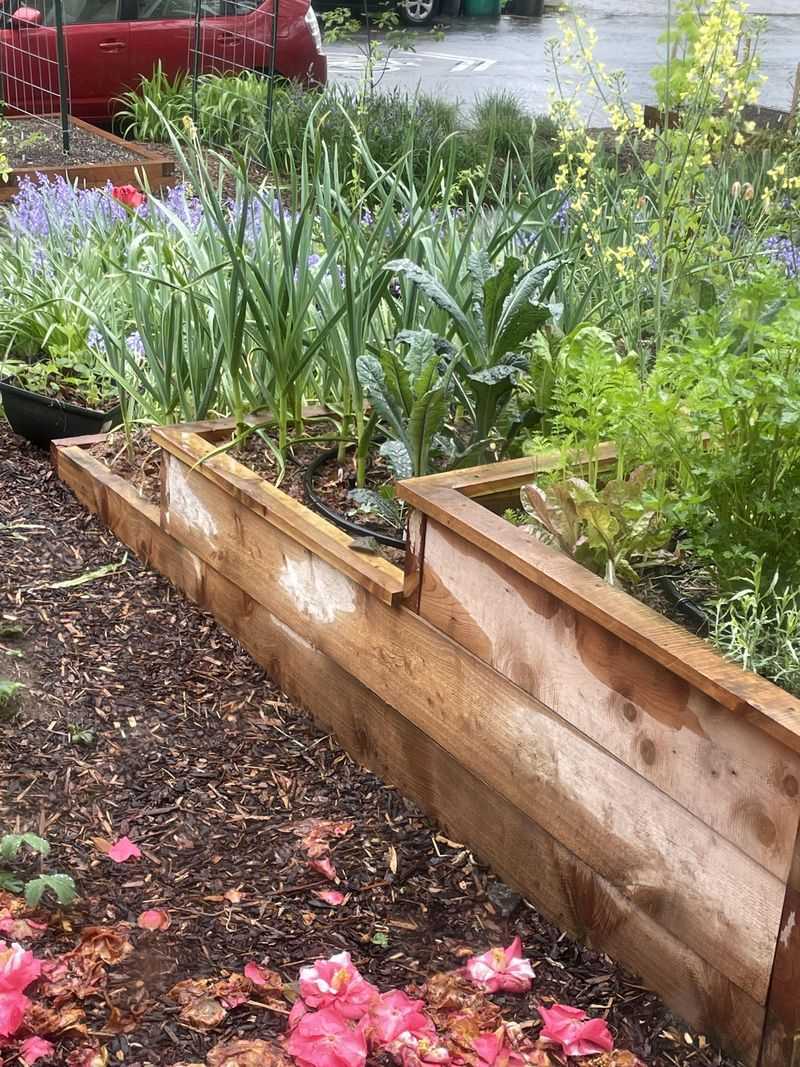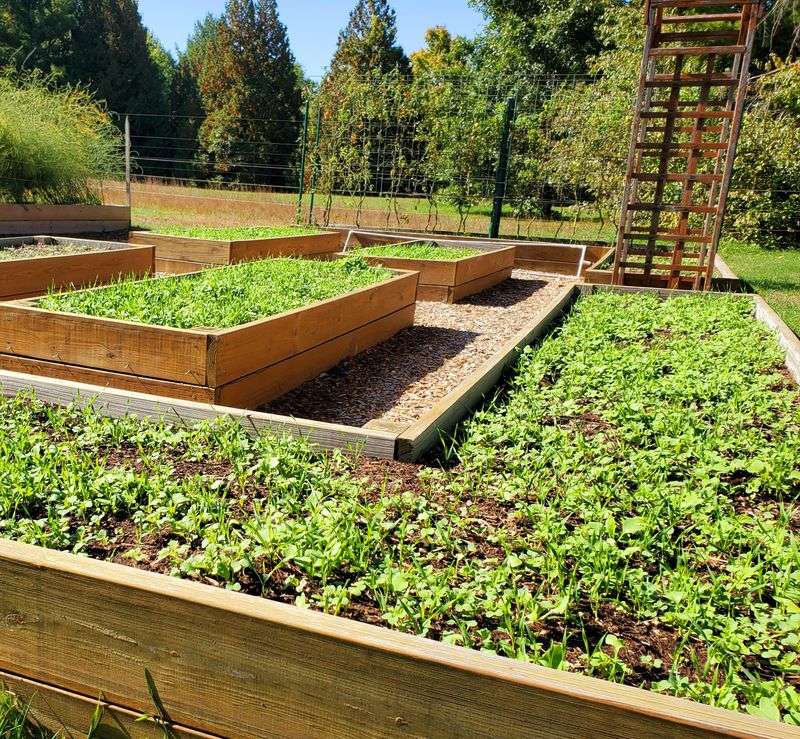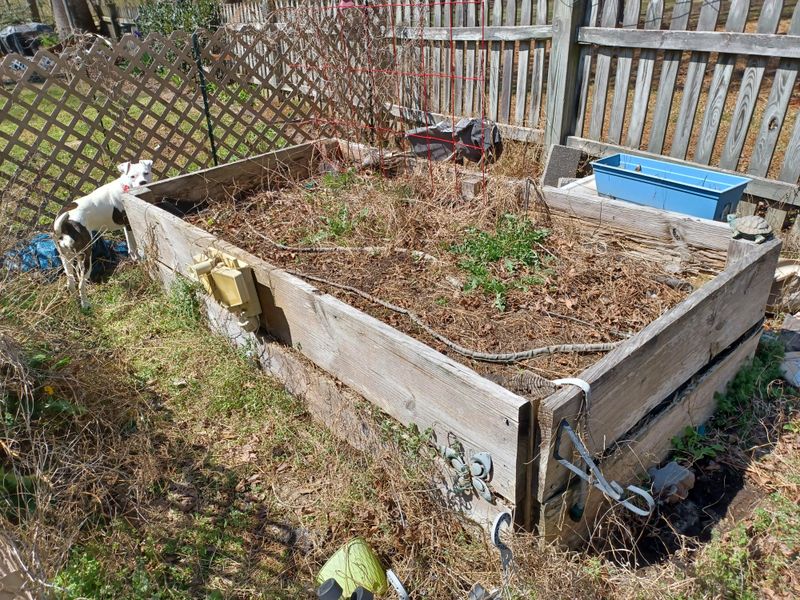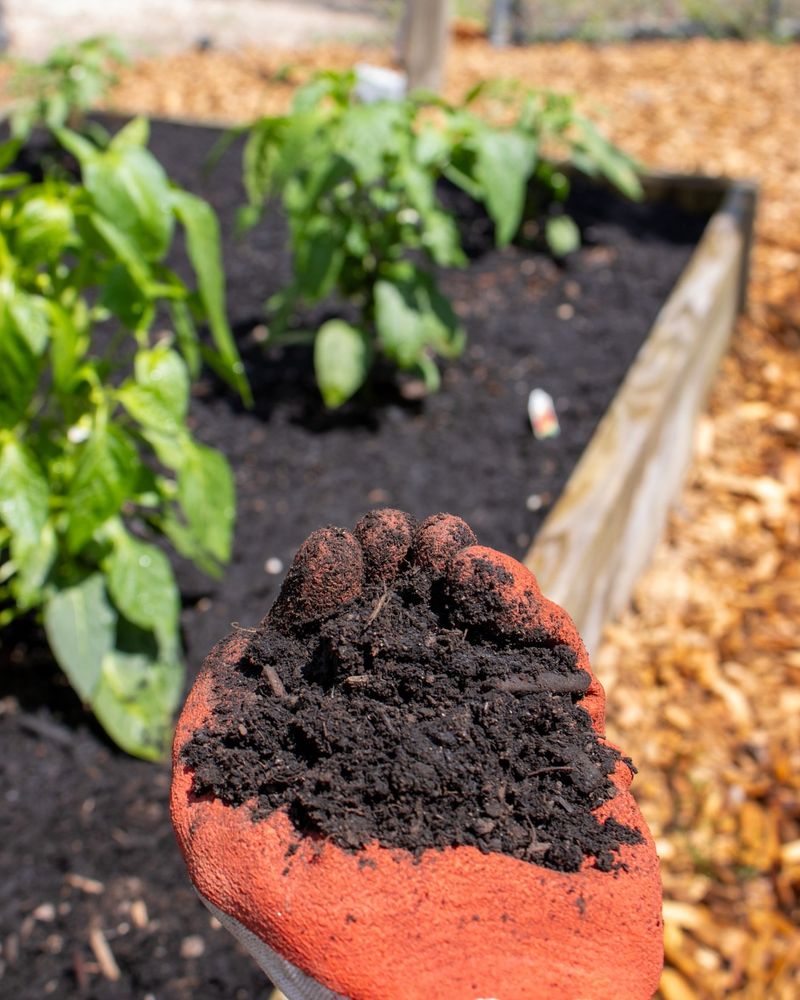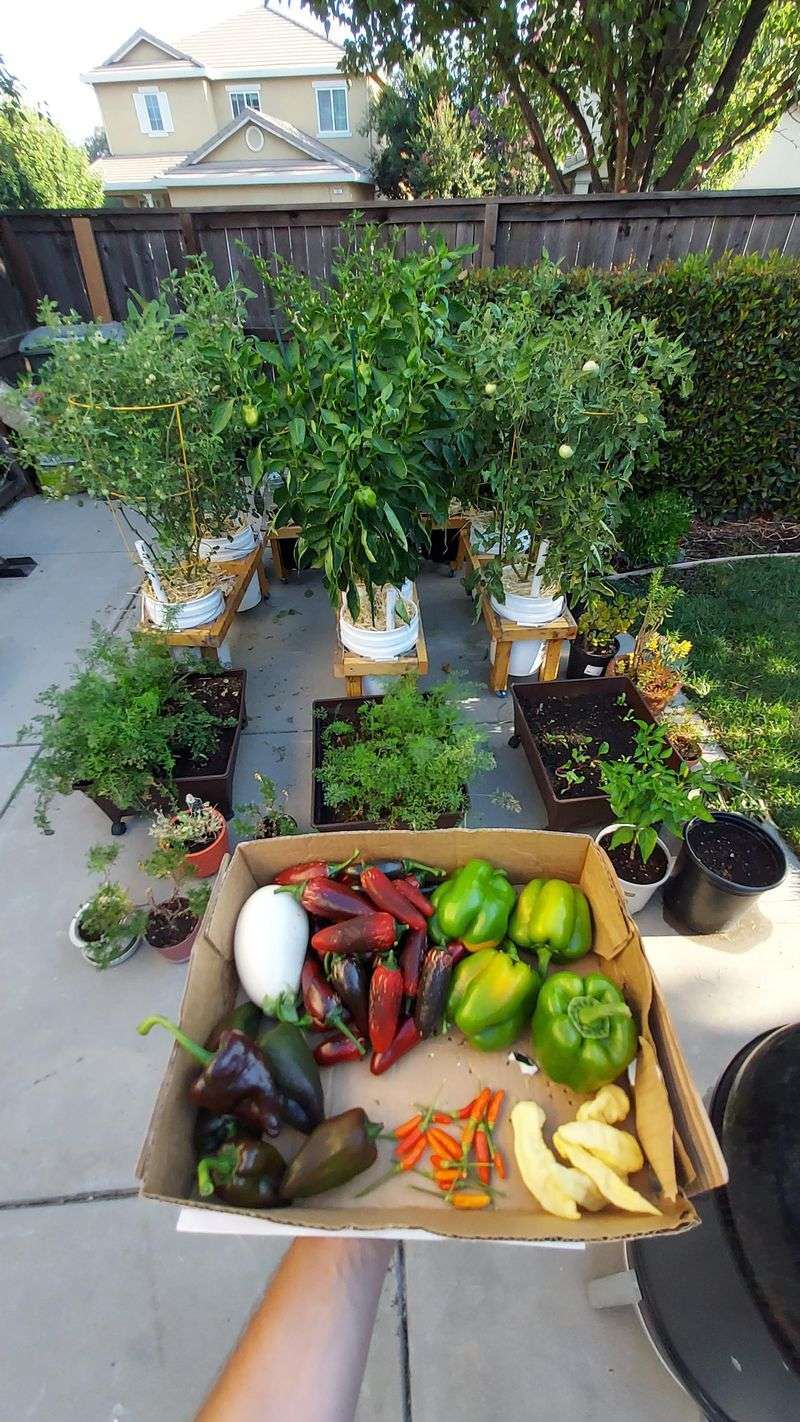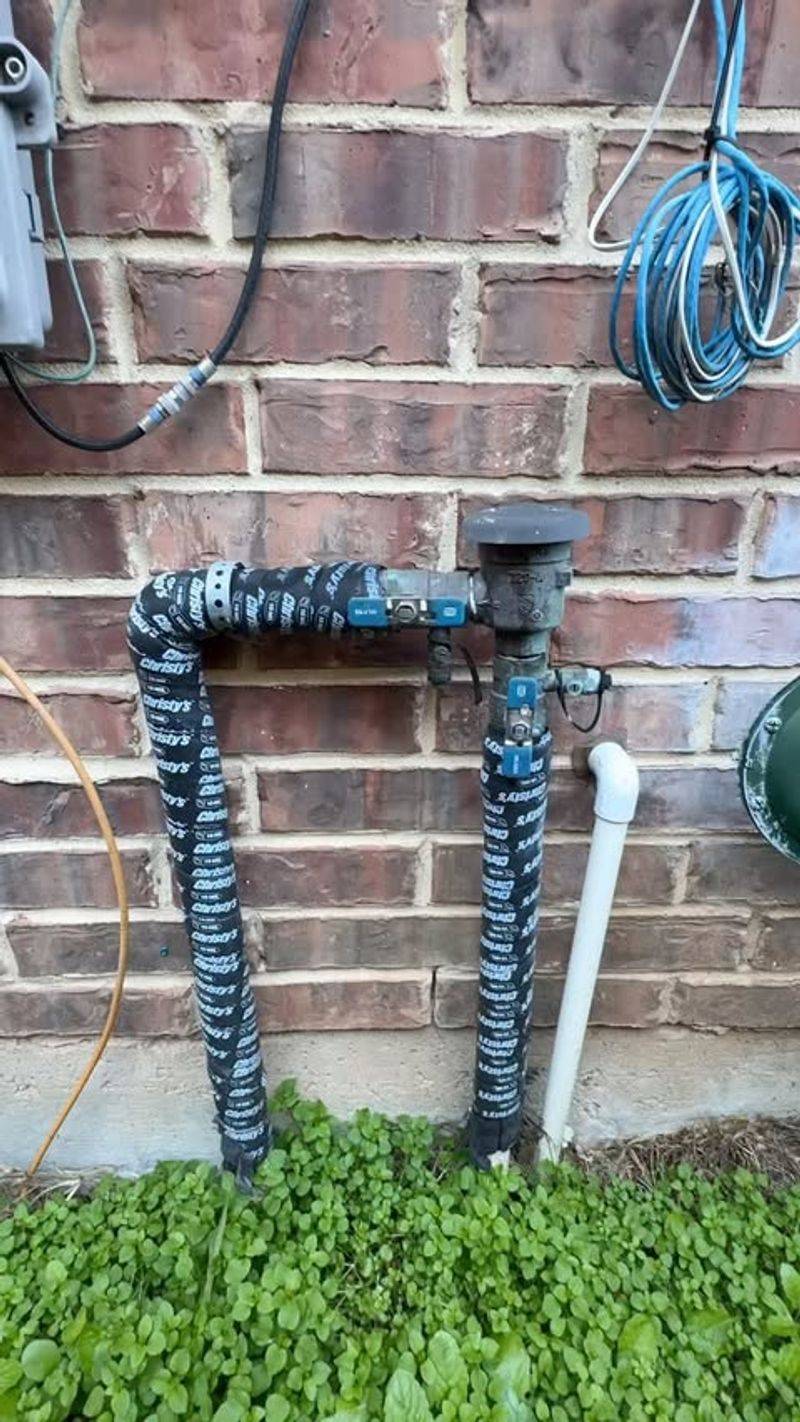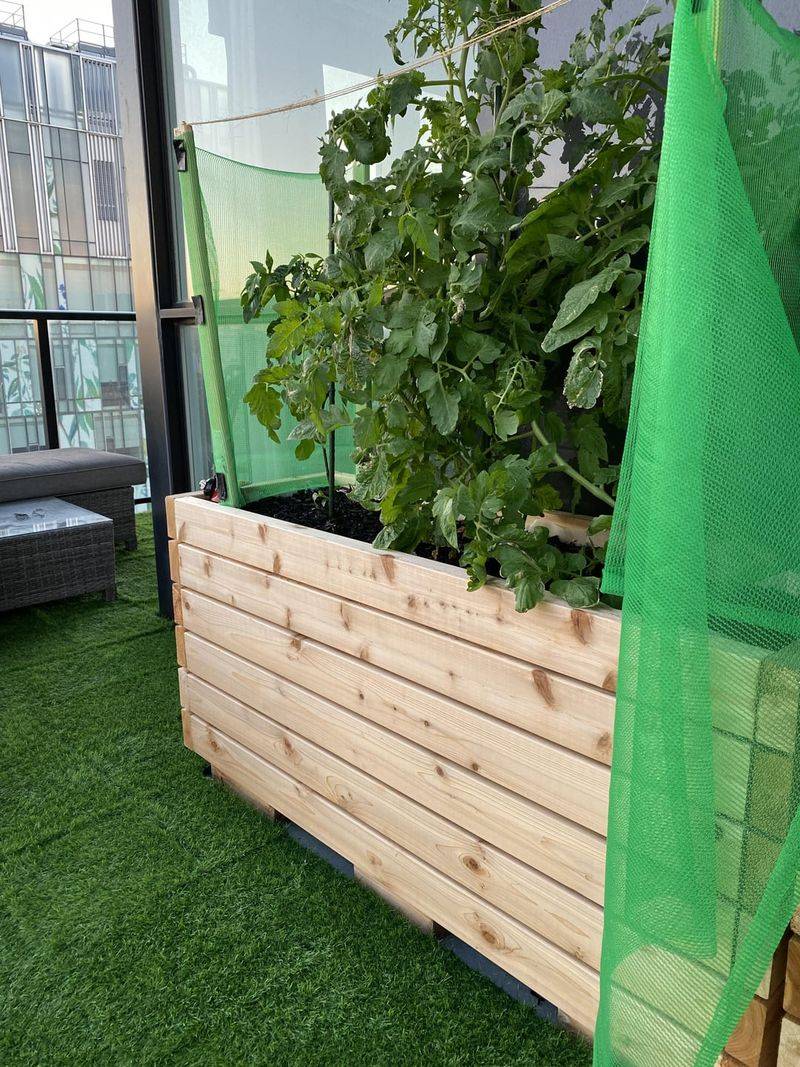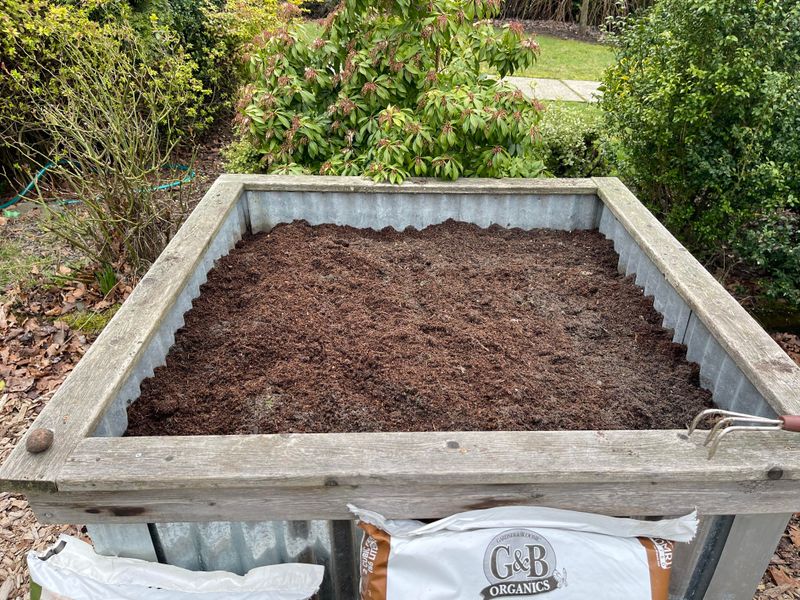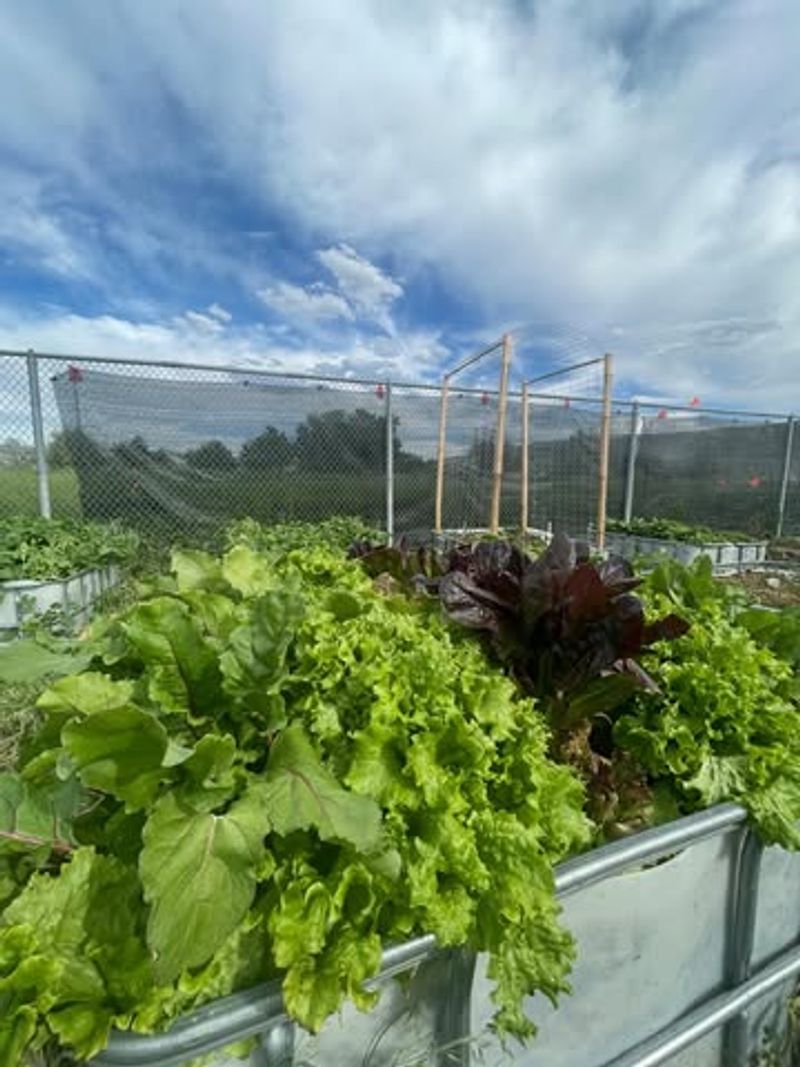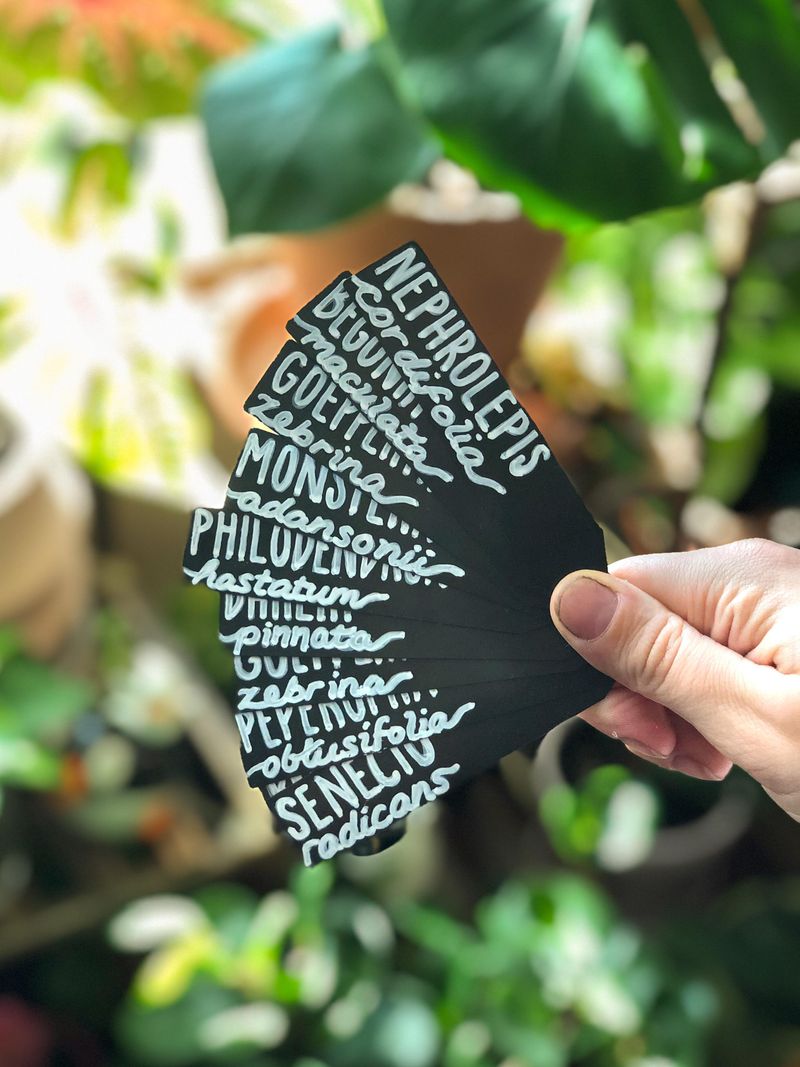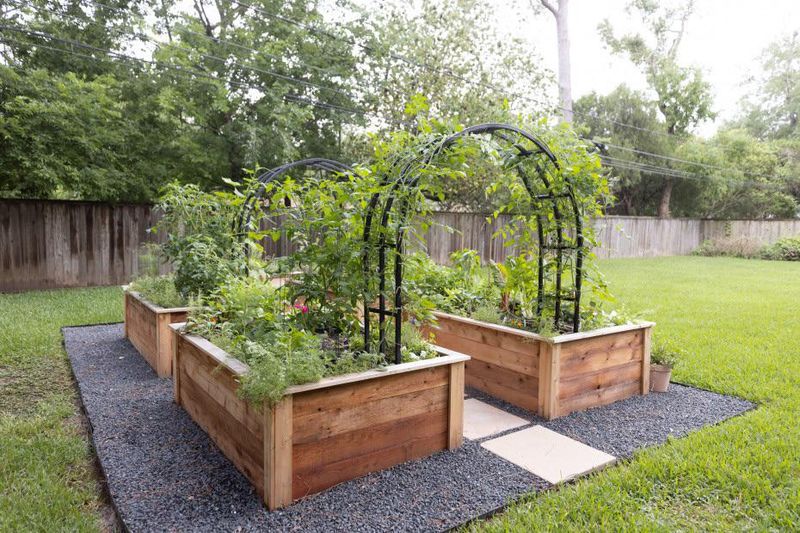Iowa winters can be tough on garden beds, and preparing them properly makes spring gardening so much easier. I’ve learned a few quick tricks over the years that save time and protect soil during the cold months.
Covering, mulching, and proper cleanup keep raised beds healthy and ready for next season. The process is surprisingly simple when you know what matters most.
Taking these steps early means your garden will bounce back stronger when warmer days arrive.
1. Add Mulch Layers
Grab those fallen leaves and spread them 3-4 inches thick across your beds. Iowa winters can damage soil structure, but mulch acts like a cozy blanket, protecting your garden’s ecosystem underneath.
Many Iowa gardeners use whatever organic matter is available—chopped leaves work best since they won’t compact like whole ones. This insulation keeps soil temperature more stable through freeze-thaw cycles.
2. Install Cold Frames
Extend your growing season with simple cold frames made from old windows or clear plastic. They trap heat while allowing light through, creating mini-greenhouses right on your raised beds.
In Iowa’s challenging climate, cold frames can maintain temperatures 10-15 degrees warmer than outside air. Quick-assemble options with PVC hoops can be set up in under 30 minutes for last-minute protection.
3. Cover With Burlap
Burlap offers excellent protection against harsh Iowa wind while still allowing air circulation. Simply drape it over sensitive perennials or entire beds and secure with landscape pins or rocks.
Many Iowa gardeners prefer burlap over plastic because it breathes. This prevents moisture buildup that can lead to mold or rot during winter thaws, while still blocking the worst of the cold.
4. Plant Cover Crops
Sow fast-growing crops like winter rye or hairy vetch before the first frost. They’ll establish quickly and protect your Iowa soil from erosion while adding valuable nutrients as they break down.
Many experienced Iowa gardeners swear by this method. Cover crops can be planted in just 15 minutes per bed and require no maintenance through winter, making them one of the easiest protection strategies.
5. Remove Annual Plants
Pull out finished vegetables and spent annuals before they become breeding grounds for pests and diseases. This simple task takes minutes but prevents problems from overwintering in your Iowa garden beds.
Clear beds completely except for healthy perennials. Iowa gardeners know that leaving dead plant material behind can harbor destructive insects that survive even the harshest Midwest winters.
6. Add Compost Layer
Spread a 1-2 inch layer of finished compost across your beds. The compost will slowly break down during Iowa’s winter, enriching your soil with nutrients that will be ready for spring planting.
Many Iowa gardeners keep bags of store-bought compost on hand for quick application. This method takes about 10 minutes per bed and gives plants a head start when warm weather returns.
7. Harvest Remaining Crops
Don’t let those last vegetables go to waste! Pick everything usable before frost hits Iowa. Root vegetables like carrots can actually become sweeter after light frost but should be harvested before the ground freezes solid.
Many Iowa gardeners rush to complete this task when forecasts predict temperatures below 28°F. A final harvest takes just 30 minutes and provides fresh produce well into the cold months.
8. Drain Irrigation Systems
Disconnect hoses and drain any irrigation systems completely. Iowa’s freezing temperatures will crack pipes and damage equipment if water remains inside them during winter.
Many Iowa gardeners have learned this lesson the hard way. Taking 15 minutes to blow out drip systems with compressed air or simply removing and storing components can save hundreds in replacement costs.
9. Install Wind Barriers
Set up simple barriers on the north and west sides of your beds. Iowa’s winter winds can dramatically increase cold damage, but even temporary shields made from straw bales or fence panels offer significant protection.
Many Iowa gardeners place these windbreaks about 2-3 feet from bed edges. This quick 20-minute task creates microclimate pockets that can be 5-10 degrees warmer than exposed areas.
10. Test Soil pH
Take quick soil samples and test the pH now. Iowa’s winter precipitation can help incorporate any amendments you add, like lime for acidic soil or sulfur for alkaline conditions.
Many Iowa gardeners use simple home test kits that provide results in minutes. Fall correction gives amendments months to integrate naturally, meaning your soil will be perfectly balanced for spring planting.
11. Apply Organic Fertilizer
Sprinkle slow-release organic fertilizers like bone meal or greensand over beds before winter. These nutrients break down gradually during Iowa’s freeze-thaw cycles, enriching your soil without the risk of burning plants.
Many Iowa gardeners prefer this to spring fertilizing because it saves precious time during the busy planting season. A quick 10-minute application now means nutrients will be available exactly when spring growth begins.
12. Label Perennials
Push durable markers next to dormant perennials before they disappear under snow. Iowa winters can make it impossible to remember what’s planted where, leading to accidental damage during spring cleanup.
Many Iowa gardeners use metal or plastic stakes with waterproof labels. This 5-minute task prevents the heartbreak of accidentally digging up valuable perennials that haven’t yet emerged in early spring.
13. Take Garden Photos
Snap quick pictures of your beds from multiple angles before winterizing. Iowa’s long winters make it easy to forget your garden layout, but photos provide perfect references for spring planning.
Many Iowa gardeners create digital folders organized by year. This 5-minute task helps track what worked well and what didn’t, creating a valuable record that improves your garden design year after year.


